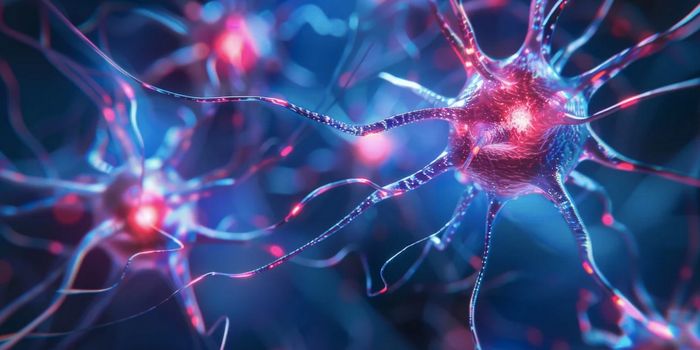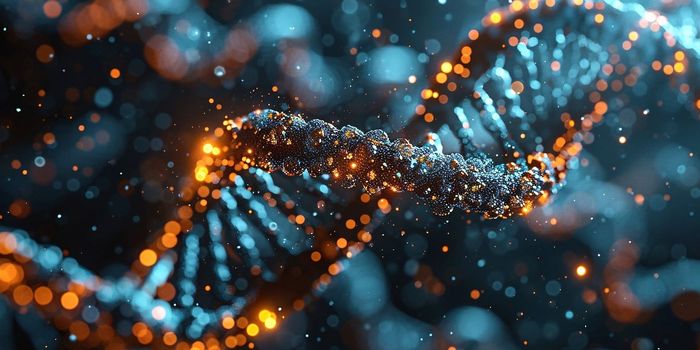Fish Models Provide New Insight Into Rare Genetic Diseases
Fish can serve as good research models. They can develop quickly, outside of the mother where they can be observed. Some even remain transparent in the early hours of their life, so it's possible to easily see their internal organs as they grow, as seen in the video below. Many fish also have genes in common with people, so researchers have been able to model human genetic disorders by silencing genes of interest in fish, and seeing what happens during the early stages of development.
This approach has enabled scientists to gain insight into several rare disorders. In one study recently published in Development, scientists used Japanese rice fish to investigate the effect of a mutation in a gene called ALG2. In humans, mutations this gene can cause defects in several organs including the eyes and brain.
The ALG2 gene produces a protein that's involved in the addition of sugar molecules to proteins, a process called glycosylation. "Correct protein glycosylation requires a number of enzymes functioning together like clockwork," said study co-leader Dr. Joachim Wittbrodt, a Professor at the Centre for Organismal Studies of Heidelberg University
The rice fish model also had problems with their eyes; their rod cells, which are responsible for low-light vision, began to die off and they became night-blind. The study was somewhat limited in scope, however, and more research will be needed to understand how ALG2 mutations affect a whole organism.
In an unrelated study reported in American Journal of Human Genetics, researchers used a zebrafish model to study the effects of mutations in a gene called AP1G1. The researchers identified mutations in this gene as the cause of disorders in several geographically isolated families in Pakistan.
The protein encoded by AP1G1, called Adaptor Protein 1 gamma 1, is part of a larger structure called the Adaptor Protein Complex, which generate little sacs that move stuff around cells, called transport vesicles.
In this study, researchers at the University of Maryland School of Medicine knocked the gene down in zebrafish, then used mutated forms of AP1G1 RNA to model the effects of the human mutations. This method mimicked some symptoms seen in the patients, like neurodevelopmental problems.
This research can help patients and their families learn more about the disease they have to deal with; it can tell scientists and researchers more about the biological function of specific genes and proteins; and hopefully, it will aid in the development of treatments for these disorders.
Sources: AAAS/Eurekalert! via University of Heidelberg, University of Maryland School of Medicine, Development, American Journal of Human Genetics









